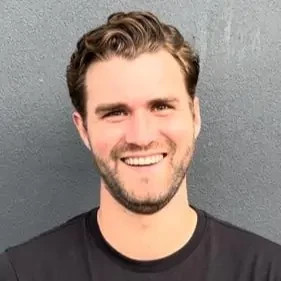Your company have just developed a new vaccine for COVID-19 and has passed the final testing round. How would you price it?
Assume your company is based in US. All other variables are the same as real life.
It seems there can be many market sizing + pricing strategy elements weaved in this case, and I am thinking of a structured way to approach it - especially given our objective is probably not maximising profit (ethnical consideration), and we might be able to sell to government which has a budget constraint as well.














